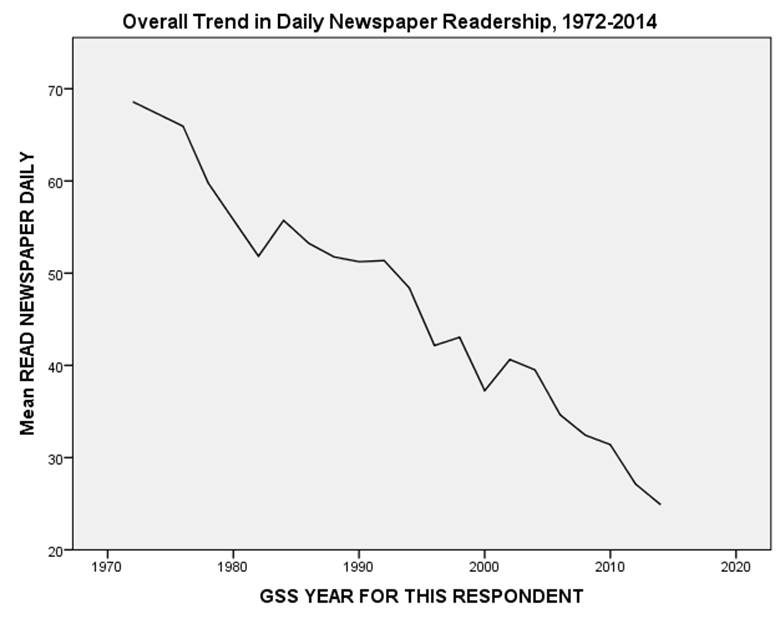
Moncton is included with the non-CMA group for New Brunswick. Next, the non-CMA areas of each of the ten provinces were grouped to form ten more strata. For Quebec, Ontario and British Columbia, three more strata were formed by grouping the remaining CMAs in each of these three provinces. CMAs not on this list are located in New Brunswick, Quebec, Ontario and British Columbia. John's, Halifax, Saint John, Montreal, Quebec City, Toronto, Ottawa (Ontario part of Ottawa - Gatineau CMA), Hamilton, Winnipeg, Regina, Saskatoon, Calgary, Edmonton, Vancouver and Victoria. Many of the Census Metropolitan Areas (CMAs) are each considered separate strata. In order to carry out sampling, the ten provinces of the target population are divided into strata (i.e. Note that GSS only selects one eligible person per household to be interviewed. The final stage units are individuals within the identified households. The sample units in the territories are the dwellings. The sampling units in the provinces are the groups of telephone numbers.

The sample in the territories was drawn from an area frame of dwellings which had been or were still in the Labour Force Survey (LFS). Specific geography areas were targeted for an oversample of the Indigenous population. Information is collected from one randomly selected household member aged 15 or older, and proxy responses are not permitted. The stratification is done at the province/census metropolitan area (CMA) level. The sample is based on a stratified design employing probability sampling. This sampling frame is used to obtain a better coverage of households with a telephone number. Records on the frame are groups of one or several telephone numbers associated with the same address (or single telephone number in the case a link between a telephone number and an address could not be established). This survey uses a frame that combines landline and cellular telephone numbers from the Census and various administrative sources with Statistics Canada's dwelling frame. This is a sample survey with a cross-sectional design. All comments and feedback from qualitative testing were carefully considered and incorporated into the survey when possible. QDRC staff compiled a detailed report of the results along with their recommendations. Questions which worked well and others that needed clarification or redesign were highlighted. Qualitative testing, conducted by Statistics Canada's Questionnaire Design Resource Center (QDRC), was carried out, with respondents who were screened in based on representative criteria. The questionnaire was designed based on research and extensive consultations with data users. Canadians residing in institutions are not included. The target population for the GSS on Canadians' Safety is the Canadian population aged 15 and over, living in the provinces and territories. More recent cycles have also included some qualitative questions, which explore intentions and perceptions.ĭata sources and methodology Target population Each survey contains a core topic, focus or exploratory questions and a standard set of socio-demographic questions used for classification. This record is part of the General Social Survey (GSS) program. Survey results will be used by police departments, all levels of government, victim and social service agencies, community groups and researchers not only to better understand the nature and extent of victimization in Canada, but also to study Canadians' perceptions of their safety, the levels of crime in their neighbourhoods, and their attitudes toward the criminal justice system. It also helps to understand the reasons behind whether or not people report a crime to the police. It measures both crime incidents that come to the attention of the police and those that are unreported. As not all crimes are reported to the police, the survey provides an important complement to officially recorded crime rates. The survey allows for estimates of the numbers and characteristics of victims and criminal incidents. This survey is the only national survey of self-reported victimization and is collected in all provinces and territories. The main objective of the GSS on Canadians' Safety is to better understand how Canadians perceive crime and the justice system and to capture information on their experiences of victimization. Questionnaire(s) and reporting guide(s).

to provide information on specific social policy issues of current or emerging interest. to gather data on social trends in order to monitor changes in the living conditions and well-being of Canadians over time and The two primary objectives of the General Social Survey (GSS) are:


 0 kommentar(er)
0 kommentar(er)
